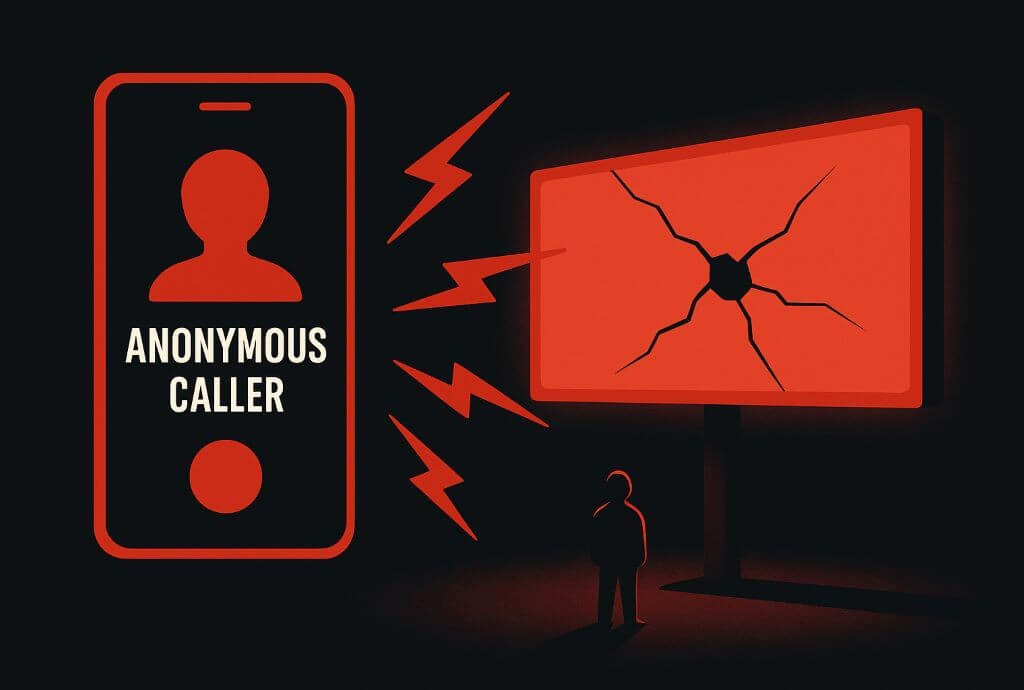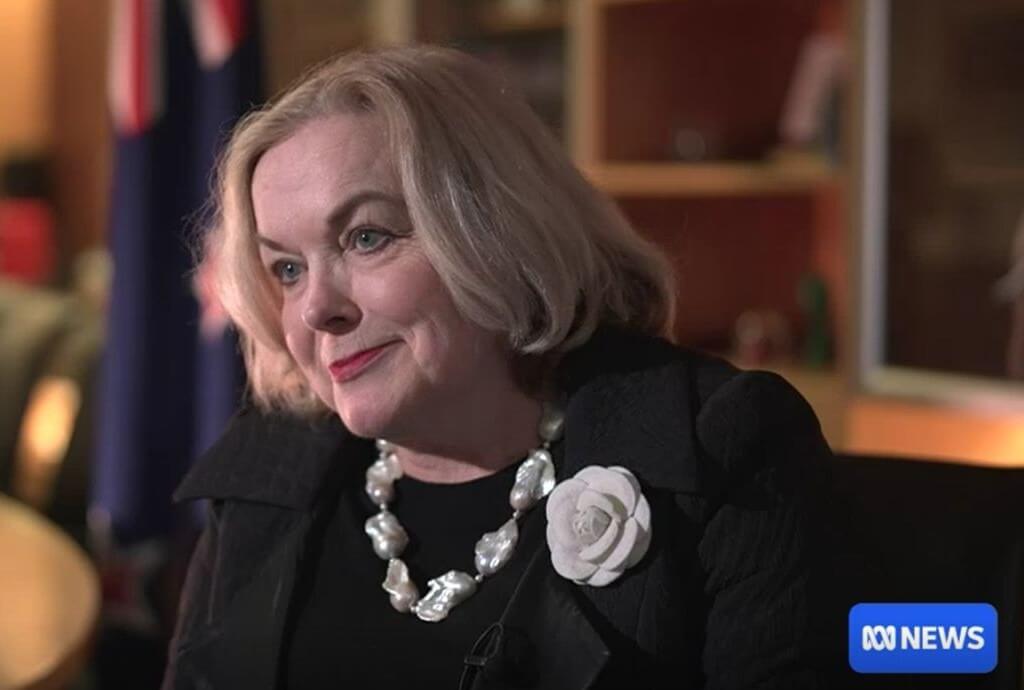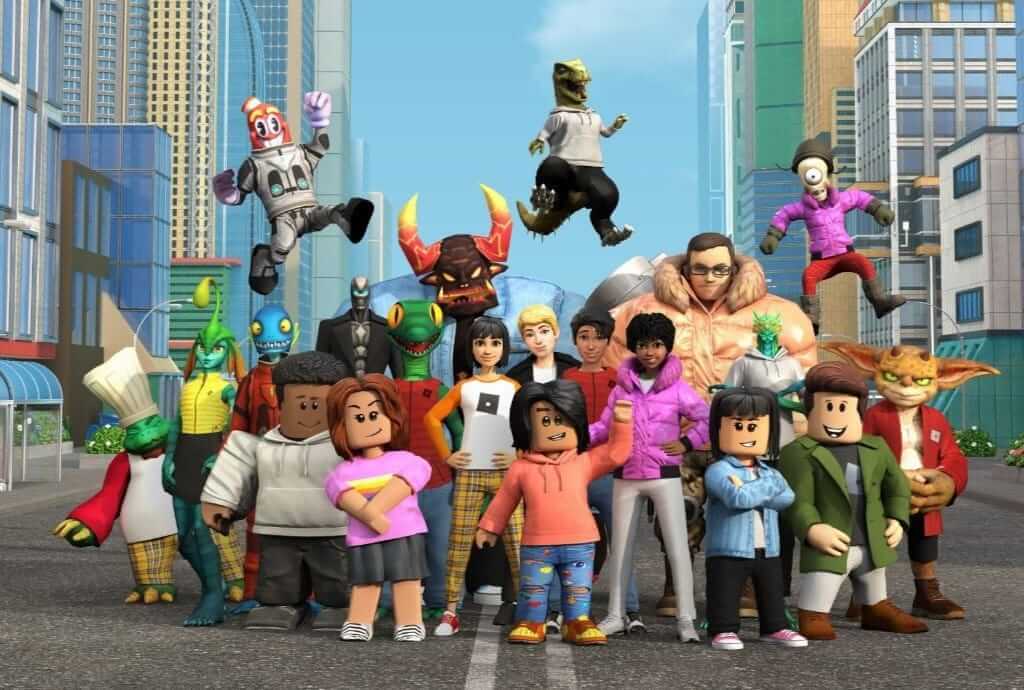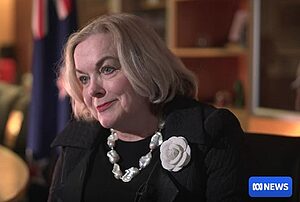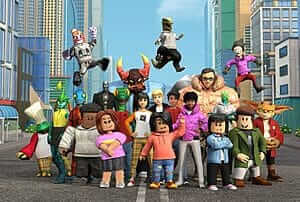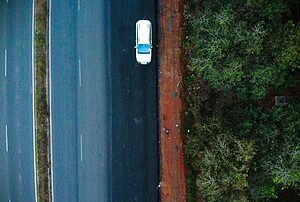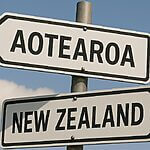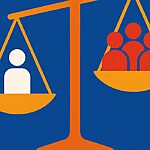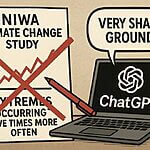In brief
- The definition of who is Māori has broadened considerably since the 1970s.
- Land claims and Treaty issues generally require some degree of genealogy, but any descendant qualifies.
- For Census data, it’s been a system of self identification since 1995.
- A very small percentage of NZ would be Māori if the definition demanded at least 50% Māori descent, as it once did.
The number of Māori changes greatly if the definition is changed
Generally speaking, the criteria of who qualifies as Māori has expanded considerably since the 1970s.
According to the Ministry of Social Development (MSD) report titled “The problem of defining an ethnic group for public policy: Who is Māori and why does it matter?”:
“The question of who is Māori has been the subject of considerable debate” and there is a “growing disquiet about the appropriateness and fairness of policies and practices that would appear to assist individuals on the basis of ethnicity”.
The report admits the challenge of identifying Māori is complicated by a high level of “imprecision”. The MSD report concludes that Māori identification is more than just a “state of mind”. It’s a mix of “‘whakapapa” (genealogy) and expressions of language, ancestry, affiliation, etc.
How Māori has been defined
The history of New Zealand has seen persons of mixed Māori and European ancestry treated as either Europeans or Māori depending on the circumstances.
Couldn’t this lead to a distortion in numbers as the same person can be counted in more than one category?
Statutory definitions dealing with land claims and Treaty issues generally rely on some degree of whakapapa.
A report for the University of Otago says that in 1960 there were ten different statutory definitions of what constitutes being Māori. It notes some concern about the broader definition and that it should be “stricter and more exclusive”.
But the 1970s was a period of growing Māori politicisation. Under the Kirk-Rowling government’s Māori Affairs Amendment Act 1974, “Māori” was no longer defined by a “fixed degree of Māori blood”. It was broadened significantly to mean “a person of the Māori race of New Zealand and includes any descendant of such a person”.

The Statistical Act 1975 further loosened the definition of Māori by changing data collection to reflect “ethnic origin” as opposed to “race”.
This coincided with the Treaty of Waitangi Tribunal set up in 1975 to hear Māori claims regarding loss of land, culture and other claims of Crown breaches of the Treaty.
Under the newly expanded definition, a greater number of Māori could submit a claim individually or collectively.
What defines being Māori for the purposes of public policy (such as Treaty settlements) in the modern era has become a social construct, which can change in the future to include and exclude people depending on the politics of the day.
After 1995, in terms of Census data collection and population estimates, the definition of Māori has relied on self-identification via birth and death registration forms.
Historian Michael Bassett writes the change from a blood quantum definition of Māori to a self-identification system has seen the Māori population grow from roughly 8% of the total population in 1974 to about 17% in 2022.
Bassett says “there would be no Māori left” if defining who is Māori relied on the 1973 definition, which required a person to be at least half Māori.
In contrast, using the current definition the Māori population is likely to grow since anyone with Māori heritage can qualify as Māori if he or she chooses.

